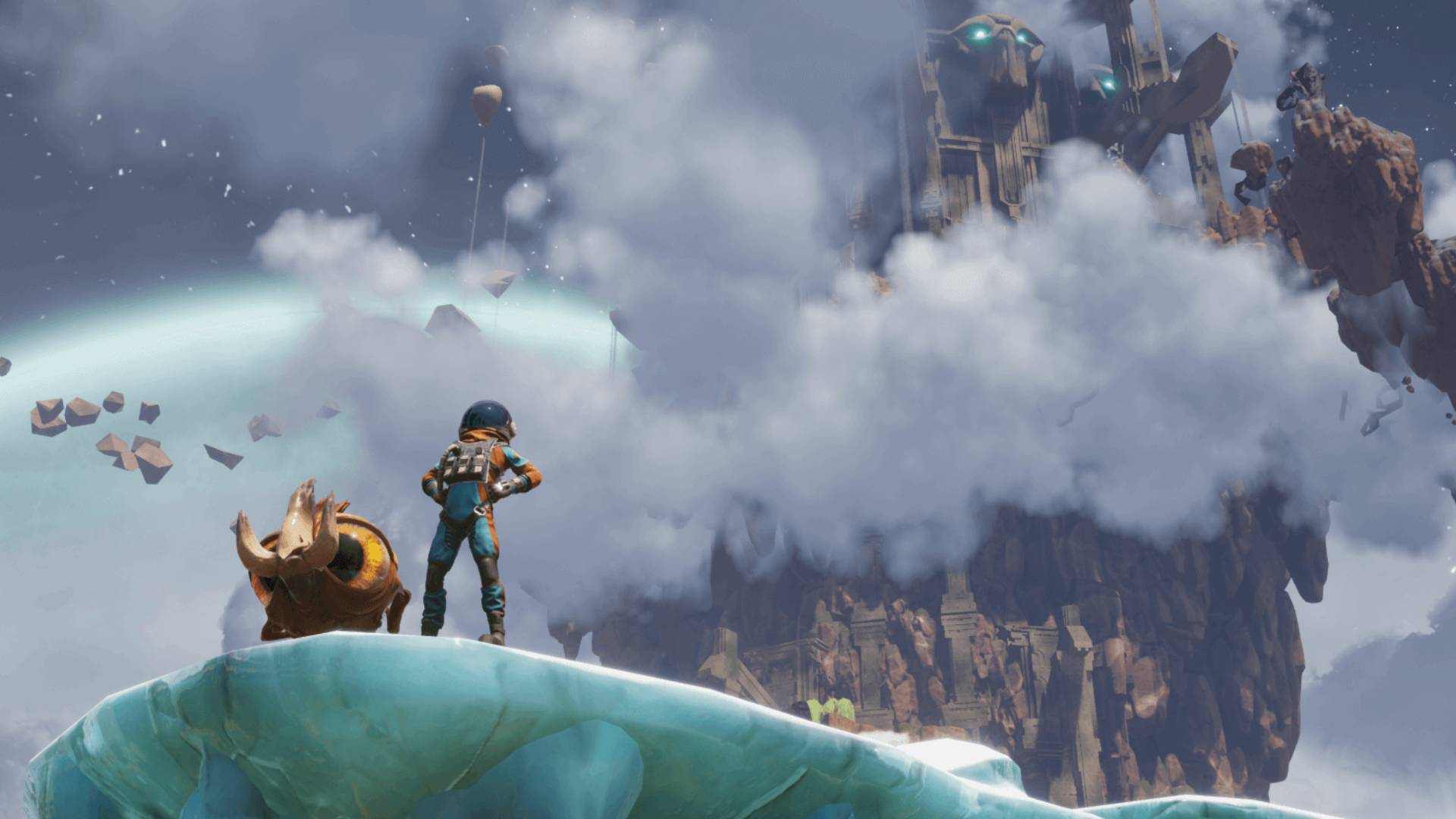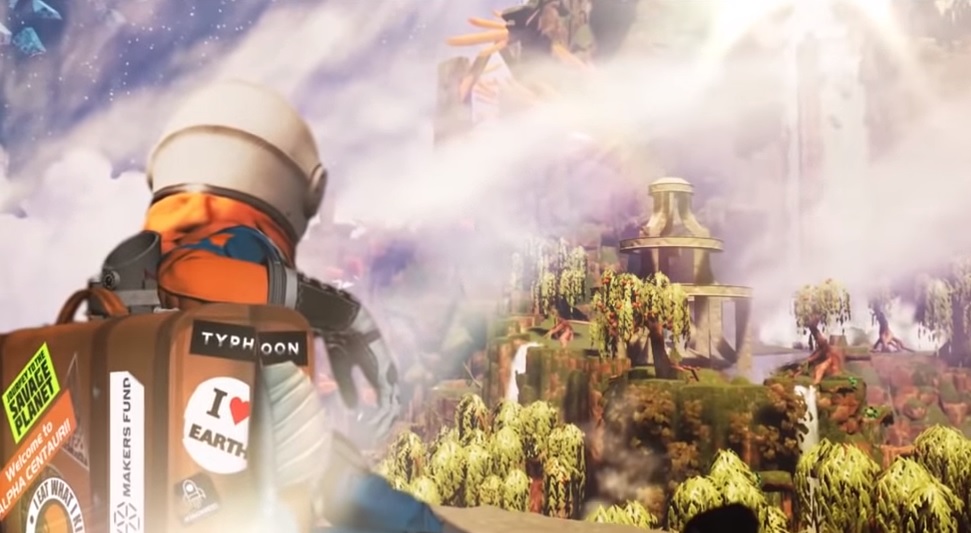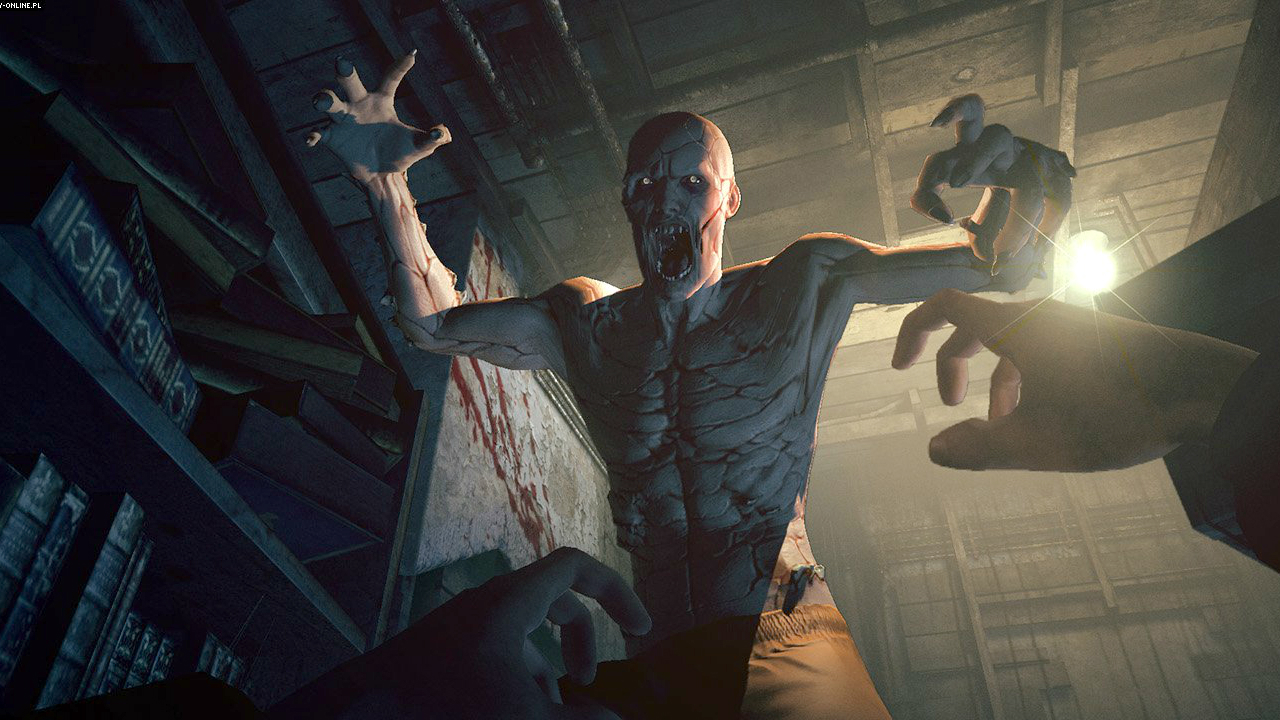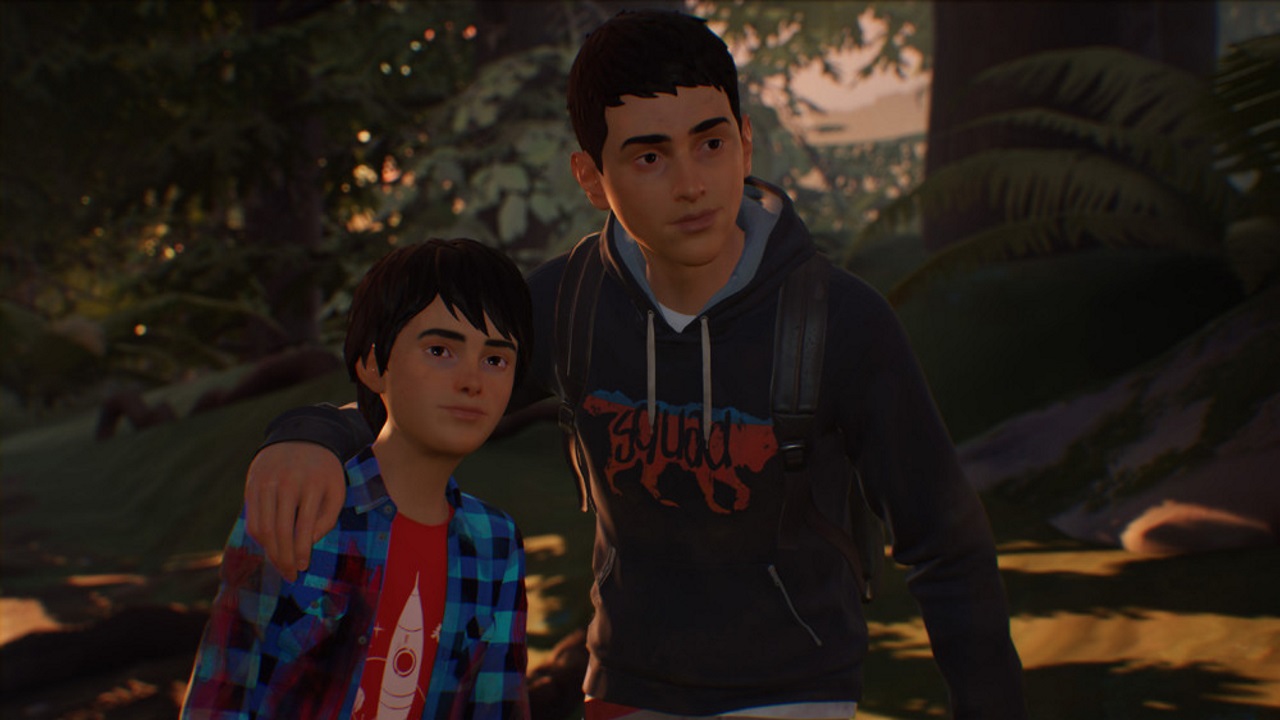As big games take longer to come out, it's the smaller studios that will save us
You'll be waiting longer between triple A games so meet some studios stepping up to fill the gap

Games are taking longer to make. Resolution, animation quality, the sheer demands of simply making a game world believable are all increasing, and that means AAA games require more time, more work, and more people to even brush the expectations of the average gamer. You want to exceed those expectations? Even more time. Games like God of War and Spider-Man PS4 were nudging nigh on five years of development time when they finally released. Even relatively potboiler games like Call of Duty have evolved from a two team system alternating two year cycles, to three studios, with multiple support developers, juggling three year turnarounds.
Waiting game
It's only going to get worse when next-gen consoles arrive. Everything's going to have to be bigger, prettier, better, and that all takes time – big games are going to get fewer and further apart as a result. All that time costs money too, meaning less is being made, and fewer 'new' games are happening, leaving us with more sequels and remakes. That's because $100+ million investments tend to make people writing the cheques a little cautious. Which leaves us with what? Waiting patiently for one, maybe two big games a year? Playing the same things over and over again? The answer might come from smaller studios filling the gaps with shorter experiences that don't feel any less mainstream, but trade in a lengthy run time in favor of more manageable budgets and faster turnaround times.

Alex Hutchinson, co-founder of Typhoon Studios was one of those studios (although it's since been bought by Google Stadia). Its recent release, Journey to the Savage Planet, delivered a fun and focused space adventure that lasted about 10 hours but felt like a full fat experience throughout. "The big games have been getting bigger and while there has been a boom in the small indie space, we always felt that there was room opening up for games that fit between AAA and [indie]," he explains. Something that, for Journey to the Savage Planet, "thankfully, seems to have worked!"
"The big games have been getting bigger and there has been a boom in the small space"
Alex Hutchinson, co-founder of Typhoon S
Technology has come a long way from older 'indie' games that defined the term to mean more arty, esoteric offerings. Better game engines mean indie studios can easily make something that matches up to more mainstream offerings, just as long as they're careful. "I think if you have devs with the right technical chops, the middleware available today means your challenge is more scale than any one individual feature or mechanic," Hutchinson explains. "If you keep the scope small, there's no reason [we] can't tackle the same types of games embraced by larger publishers."
Aiming for a high quality with a reduced scale is both a strength and a protective barrier for these smaller studios too, as it creates a space larger publishers can't get involved with. Red Barrels' Philippe Morin, Outlast series' studio co-founder, says it all comes down to the "financial obligation" of bigger studios. "They need to turn a higher profit," he explains. "We wouldn't be able to make a [big] game that has the same profit margin. We don't have like 60 hours of gameplay but for the size of [our] company, in the case of Outlast 1 and Outlast 2, it still makes sense financially to be entertained for seven or eight hours for a lower price."

While making money is obviously the point for any size studio, smaller developers actually have an advantage over the larger ones because they aren't trying to make as much. "We are able to do things with less money," says Thomas Grip, co-founder of Frictional, the studio behind Amnesia and Soma. "Our games have a budget which is like a hundredth of the big studios, or something like that. So they have to [make] a product that costs $60 a piece, and gets sold to 10 million people. They're thinking, 'can we get 10 million players out of this? Can we make DLC packs?' There's a whole business model that's different." Smaller studios, however, can make smaller games successfully. "Journey to the Savage Planet is doing well," Hutchinson explains, "but it's relative to our budget obviously. If we were at a scale where we were spending 100 million dollars on the game, then we'd be in a bad spot."
Playing the numbers
The differing scales between something like Journey to the Savage Planet or Outlast, and bigger titles like, say, an Assassin's Creed, benefits all the studios involved by keeping them very separate, even as they edge closer in quality. "Obviously having 300 people working on something like Outlast 2 would make absolutely no sense," says Morin. "For the scope of the games they're trying to produce, I don't think they have a choice but to have these huge things." This difference can protect studios like Morin's but it also contains them. "There's this gap between how much a small team can do, and how big you need to go – it's exponential. If you want to make it an open world with lots of side quests and 60 or 80 hours of content, you have to go all in, and create a huge team."
Sign up to the GamesRadar+ Newsletter
Weekly digests, tales from the communities you love, and more

Even Life is Strange and Vampyr developer Dontnod know success for a smaller studio comes from playing to the strengths of its scale. "You cannot do a massive open world with a big city," Oskar Guilbert tells me, CEO for Dontnod Entertainment. "You have to cleverly adapt to the range. For Vampyr, we focused on the NPCs and the psychology of the vampire interacting in the world, with the non-player characters." Again, he points out the mountain-like barrier that keeps small to medium studios and big publishers separated – more content needs a huge growth in team size. Take the example of doubling a 10 hour game into a 20 hour one: "You need a twice-bigger team? No, you need probably four times or, I don't know, 10 times a bigger team? It's exponential, the growth of the team, when related to the duration of the game," he concludes.
Created freedom
Guilbert's example of how Vampyr treated its city – focusing on people, relationships, and consequences, instead of a large open world – also shows how these studios can be creative and inventive in a way larger studios can't or won't risk. As a game, Vampyr is defined by the way its world manages to "adapt to the range", articulating and expressing it as an opportunity that might have been lost with a more GTA style approach to it's streets. Both constraints like this, as well as smaller budgets, give studios like this a chance to be more creative. According to Guilbert the benefits of scale "allow us to give some freedom to the team, because, within the constraint of budget, or the number of people which are in their team, they can do whatever they want." While Savage Planet's Hutchinson points out, "As a dev you're always in the position of balancing your costs and your team versus the opportunity you hope is there. Spend less and you can take bigger risks."
It means that the widening gulf between bigger release dates is a good thing for games and gamers. The tent pole, major studio stuff gets space to breathe – a good thing for $60-70 product – while, in-between, the smaller studios can fill the gaps with interesting, less expensive, and less time intensive titles that can still scratch that big game itch. "We can spend less on our end, try to make it tight and polished and fresh, and then charge less to the player to lower their risk. It seems like a pretty good deal for everyone," says Hutchinson. "I think the public (rightly) doesn't care how much money you spend, or how big your team is, they just want a good game that fulfills the expectations you promised, for a price that feels appropriate."

I'm GamesRadar's Managing Editor for guides, which means I run GamesRadar's guides and tips content. I also write reviews, previews and features, largely about horror, action adventure, FPS and open world games. I previously worked on Kotaku, and the Official PlayStation Magazine and website.


